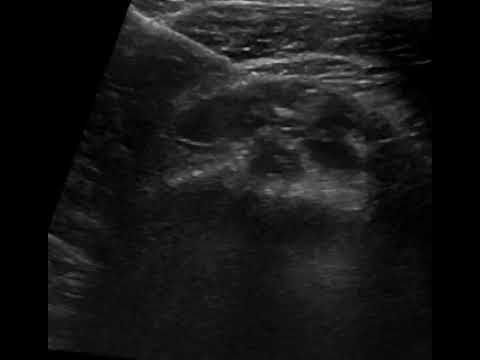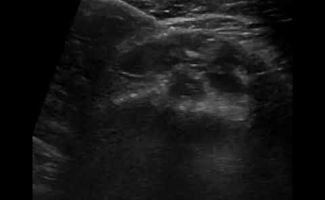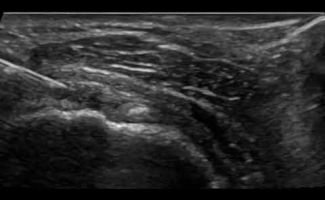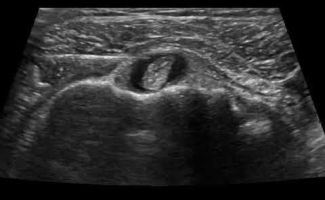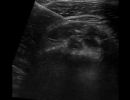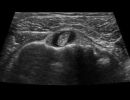Understanding Tendonitis and Its Causes
Tendonitis can affect different areas of the body, such as the shoulder, elbow, wrist, hip, knee, and ankle. It often arises due to repetitive movements, excessive strain, or sudden injuries. Sports activities, manual labor, and certain medical conditions can also contribute to the development of tendonitis. Over time, continuous friction on the tendons can lead to microscopic tears, inflammation, and pain.
Traditional Treatments for Tendonitis
Traditional treatment for tendonitis includes rest, ice, physical therapy, and anti-inflammatory medications. While these methods may provide relief for some patients, they do not address the problem at its root and may not promote long-term healing.
Ultrasound-Guided Injectable Treatments for Tendonitis
Ultrasound-guided injectable therapies have emerged as valuable tools in managing tendonitis, including:
- Corticosteroid injection into the tendon sheath: Corticosteroid injection suppresses inflammation around the tendon, providing immediate relief from pain and swelling. Precise administration of these injections is crucial. The injection should target the tendon sheath and not the tendon's interior, as injecting into the tendon's interior may cause damage and rupture. Ultrasound machines ensure the necessary precision by guiding the needle with simultaneous imaging, delivering the medication precisely where it is needed. Thus, the imaging accuracy guarantees that the treatment is even more effective.
- Tendon needling (Dry Needling): Tendon needling is a modern, minimally invasive technique involving the puncturing or needling of the tendon. Its purpose is to disrupt the chronic degenerative process, encouraging a therapeutic response in the tendon through local bleeding and fibroblast production. The technique is called Dry Needling to emphasize that the needle placement in the tendon is the primary reason for the tendon's improvement.
- Platelet-Rich Plasma (PRP) Injection: PRP injection is a revolutionary treatment for chronic injuries, relying on plasma rich in platelets. Platelets contain growth factors crucial for tissue reproduction and healing. By concentrating platelets in PRP, the goal is to deliver a higher concentration of these factors to the affected area, promoting the healing of the injury. The technique involves drawing a small amount of the patient's blood, centrifuging it to separate the platelet-rich plasma, and then injecting the resulting plasma, guided by ultrasound, into the damaged area. To enhance the therapeutic effect, PRP is often combined with Dry Needling, performed before the plasma injection.
Advantages of Ultrasound-Guided Injections in the Treatment of Tendonitis
- Absolute Precision: Ultrasound scan allows Radiologists to accurately locate the inflamed tendon and visualize the needle's position during the injection. This targeted approach ensures precise placement of the injection in the affected area, improving its effectiveness.
- Enhanced Healing: PRP injections contain a concentrated mixture of growth factors from the patient's platelets, encouraging the natural healing process of the tendon. This leads to improved tissue regeneration and reduced inflammation over time.
- Safety: Compared to blind injections without ultrasound guidance, real-time imaging allows the doctor to perform the injection exactly where it is needed, avoiding risky areas such as nerves and vessels.
- Patient-Friendly: Ultrasound-guided injection therapies are well-tolerated by patients and do not cause further discomfort, providing relief from pain.
Clinical Applications
Ultrasound-guided injections can address both acute and chronic cases of tendonitis, including various types of tendonitis such as:
- Lateral Epicondylitis (Tennis Elbow): Affecting the tendons on the outer side of the elbow, often caused by repetitive wrist and forearm movements.
- Medial Epicondylitis (Golfer’s Elbow): Affecting the tendons on the inner side of the elbow, usually caused by repetitive bending of the wrist and rotation of the forearm.
Ultrasound-guided injections have redefined the treatment of tendonitis, offering safety, precision, enhanced healing capabilities, reduced side effects, and immediate relief. Ultrasound continues to evolve, providing advanced and effective solutions for the management of tendonitis and other orthopedic conditions. The choice of the ideal medical approach depends on the details of each case, the patient's needs, and the expertise of the Radiologist.



